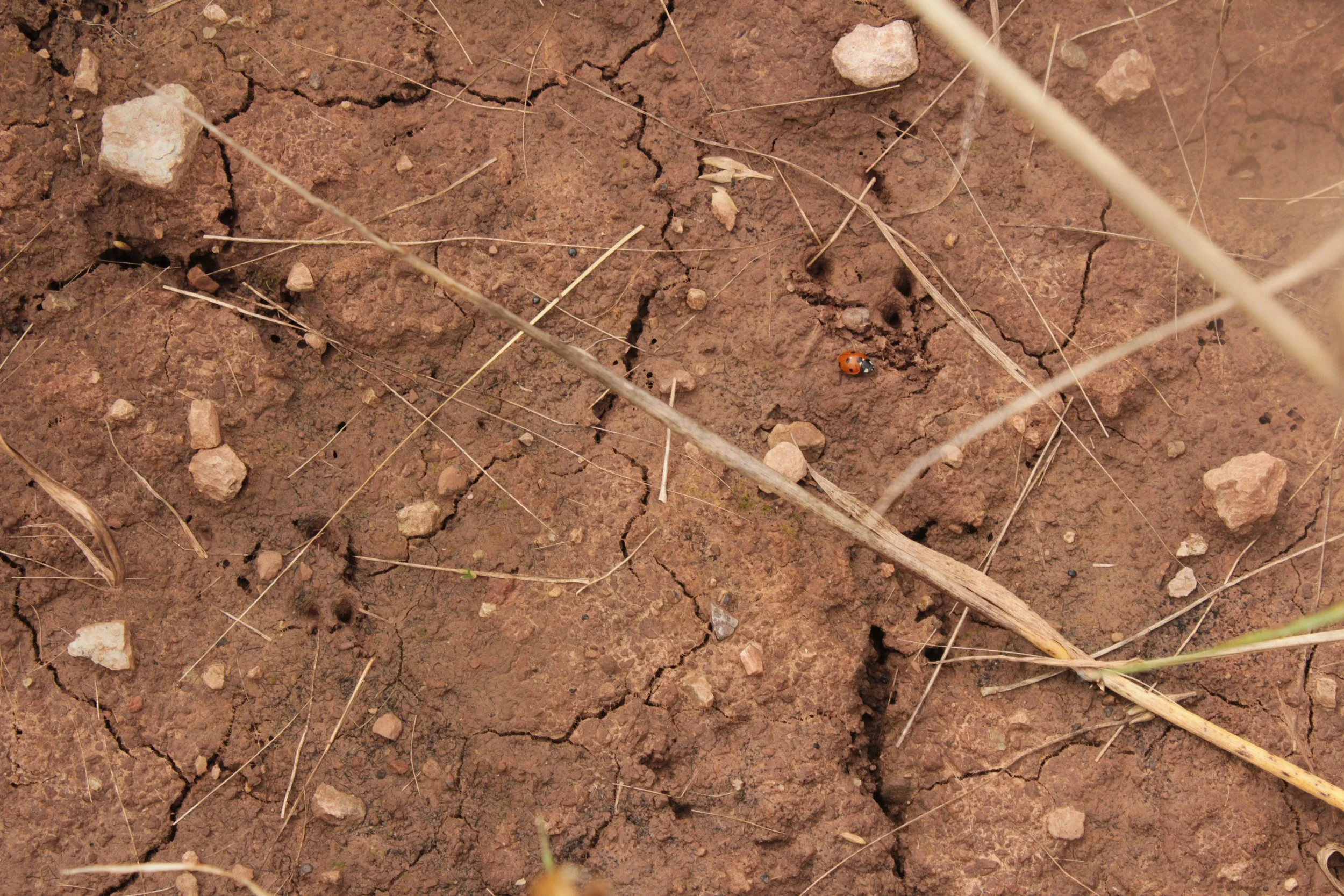Home / British mammals / L. white-toothed shrew
Lesser white-toothed shrew
Scientific name: Crocidura sauveolens
The lesser white-toothed shrew is greyish- or reddishbrown above with pale grey colouration below. It has prominent ears and long white hairs on the tail. This species is found on the Isles of Scilly, Jersey, and Sark, and is absent from the mainland.
Taxonomy chart
Animalia - Chordata - Mammalia - Eulipotyphla - Soricidae - Crocidura - C. suaveolens
Conservation status: UK Red List
GB: Near Threatened
England:Near Threatened
Scotland: N/A
Wales: N/A
Global: Least Concern
Species information
Habitat: In hedgebanks and woodland with good cover. Commonly found in tall vegetation such as bracken.
Description: Upper surface greyish or reddish brown, underneath is pale grey. Ears prominent, tail has long white hairs.
Size: Head to body length 50-75mm, tail 24-44mm.
Weight: 3-7g
Origin and distribution
Introduced to UK by humans, originally found in southern Europe. Absent from UK mainland but found on islands such as Jersey.
Diet
Mostly arthropods especially beetles, flies, insect larvae, centipedes, earthworms and gastropods.
General ecology
Uses the burrows of other small mammals. Often active under fallen logs and heaps of brushwood. When disturbed or threatened can be aggressive. Tends to be more active at night. Predators are common rats and domestic cats.
Breeding
Litter size 1-5 mean normally 3. March- September. Females reach sexual maturity at one year.
Conservation status
Found on many large islands such as Jersey. Mammal Society’s study in 2018 estimated the population to be around 14,000 individuals. Successful eradication on islands of black rats and declining number of domestic cats in these habitats may have a positive effect on population.
Download resources
Identify sounds
Heard a curious animal sound but no idea whose making it?
Wildlife identification FAQ
Still not sure what you’ve found? Head over to our FAQ for an answer.





